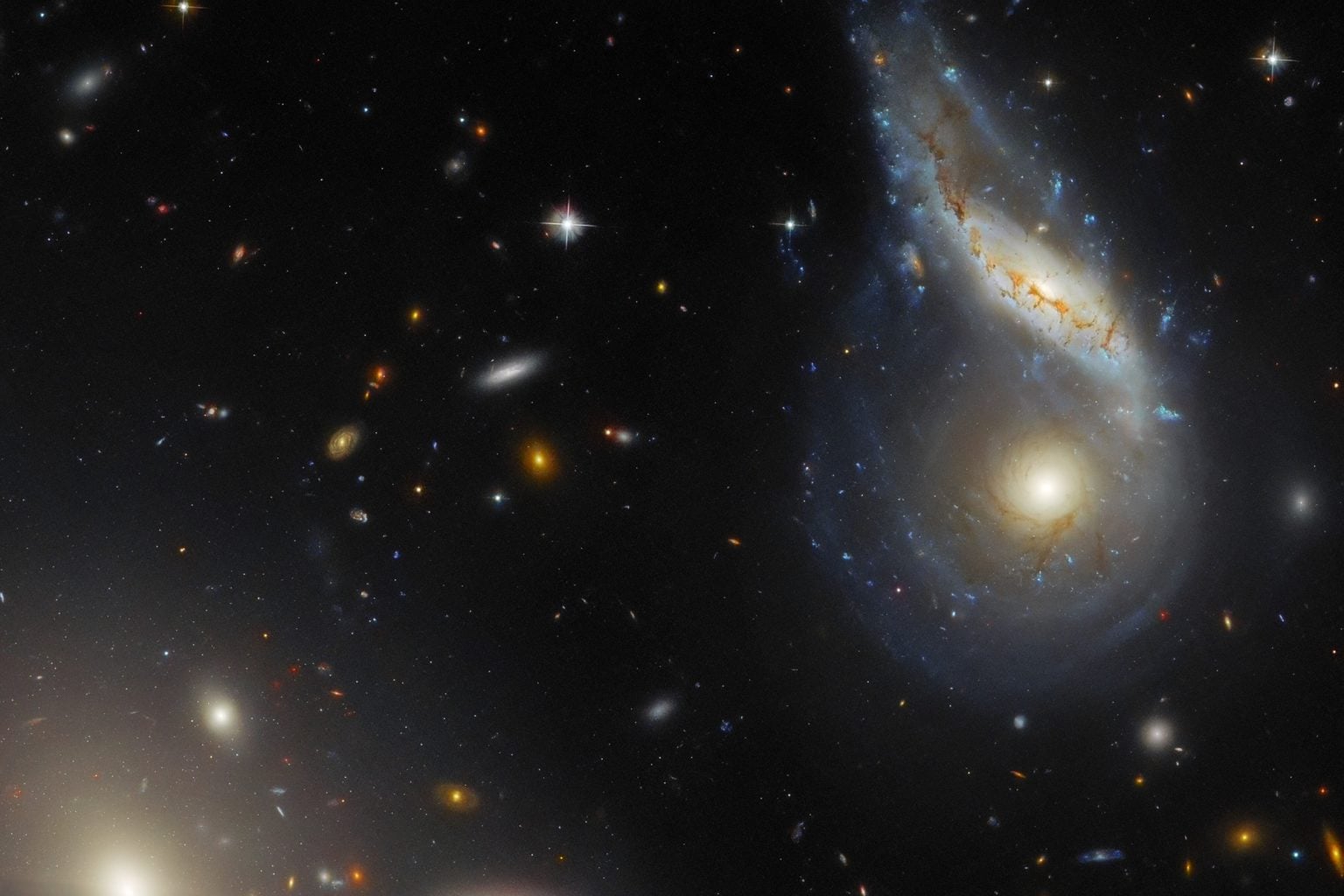The human perception of stars is that they are largely unchanging although of course in reality stars and their host galaxies do change over time, just very VERY slowly. When galaxies deplete their star forming materials, they traditionally become redder as short lived stars die while long lived dwarf stars persist for trillions of years. However, recent research challenges this understanding, suggesting some red galaxies continue forming stars—specifically low-mass stars that are inherently red throughout their existence. This discovery indicates galactic evolution may be more complex than previously believed.
 An artist impression of the Milky Way Galaxy
An artist impression of the Milky Way Galaxy
As a result of the study, Charles Steinhardt, an assistant professor at the University of Missouri, is challenging the traditional astronomical categorisations of galaxies. While galaxies have historically been classified as either blue (young and actively forming stars) or red (older with ceased star formation), Steinhardt proposes a third category: red star forming galaxies.
 The Antennae Galaxies are an example of a starburst galaxy occurring from the collision of NGC 4038/NGC 4039 (Credit : NASA/ESA)
The Antennae Galaxies are an example of a starburst galaxy occurring from the collision of NGC 4038/NGC 4039 (Credit : NASA/ESA)
The galaxies that Steinhardt proposes don't conform to the established classification, suggesting either our understanding of universal principles is incomplete or fundamentally flawed. His research indicates these intermediate galaxies represent a more complex reality than the conventional framework allows. He explains that red star forming galaxies appear red despite ongoing star formation because they primarily produce low-mass stars.
The research suggests these galaxies may have been more significant in cosmic history, potentially changing our understanding of galactic evolution and indicating the Universe formed more stars than current estimates. This finding supports a more complex view of galactic life cycles beyond the simple blue to red progression, suggesting most stars formed under different conditions than traditionally believed.
Traditionally, galaxies evolve through gradual ageing or by merging, often triggering bursts of star formation. While it's commonly believed these bursts are caused by galactic collisions, Steinhardt and team propose that some galaxies may instead have slowly formed small, red stars, suggesting a new category of red star forming galaxies. To explore this, Steinhardt and students at Mizzou plan further research, with one team investigating this new galaxy classification and another using data from the Gaia satellite to study over two billion stars in the Milky Way.
If confirmed, Steinhardt's theory could change our understanding of galactic development and the life cycles of stars. By expanding the classification system to include red star forming galaxies, researchers may gain a better understanding of the history of the Universe, including the scale and timeline of star formation.
Source :Mizzou researcher offers new theory on universe's star formation
 Universe Today
Universe Today
